The ServoCat- System (Goto + Tracking)
1) General description
The well-proven "ServoCat" system comes from the United States and allows to equip a Dobsonian telescope with GOTO and a tracking function.
To do this, two servo motors for azimuth (AZ) and altitude (ALT) are mounted into the rocker box, with which the telescope can be aligned to any
point in the sky. The movement in AZ is done via a hard rubber roller connected to the motor, the side bearings are controlled via a cable pull system.
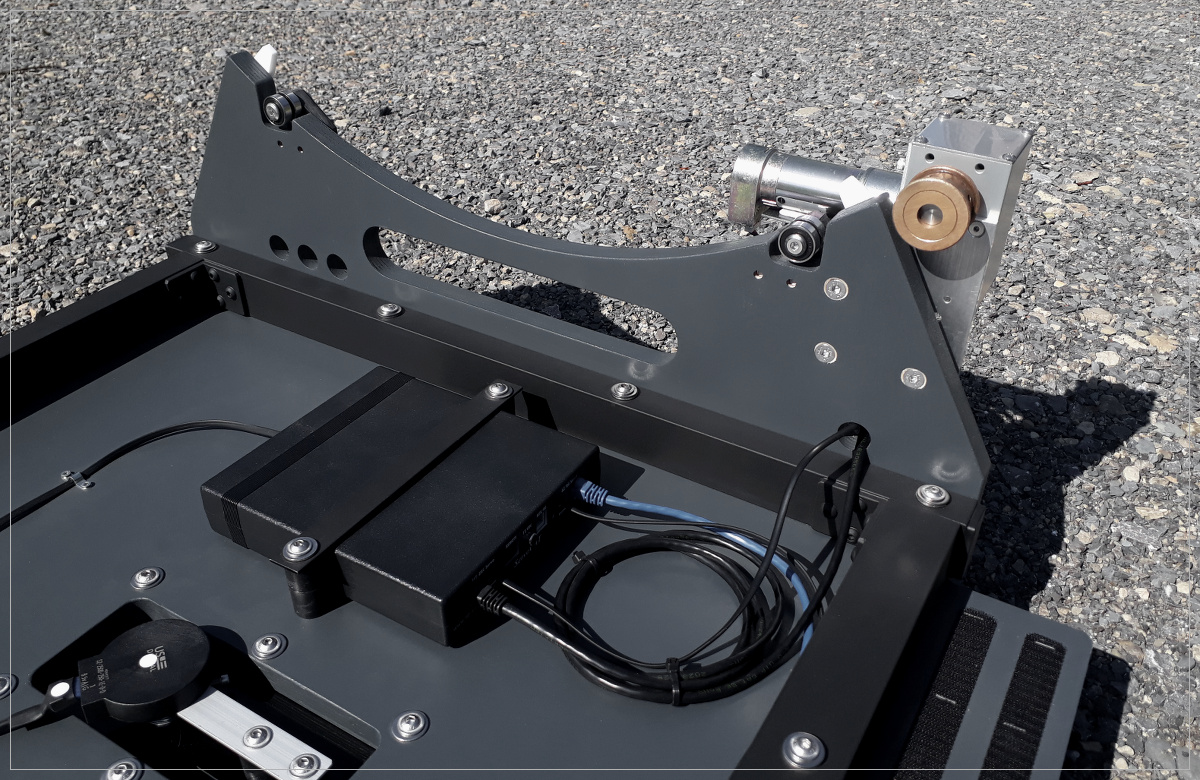
In total, four different speeds can be set on the supplied hand control box, which can be defined by the user itself with the help of a dedicated computer
software. Another useful function is for example the "spiral search" in case an object is not in the field of view after the GOTO has finished its job.
To ensure that the "ServoCat" knows where the telescope is pointing, two high-resolution encoders with 10,000 steps are required, as well as either the
"ArgoNavis" or the "Nexus DSC".
2) Mounting the ServoCat to the 20" telescope of the "Onyx" model series
The 20" telescope of the "Onyx" model series can be optionally prepared for the use of the ServoCat system from summer 2025 (please specify
when ordering the telescope).
For this purpose, the base plate of the Rockerbox is provided with all the necessary holes for mounting the azimuth motor and the spring-loaded
mechanism. There is a central gap in which the AZ encoder will later be mounted. A small mounting surface at the back of the Rockerbox can
house a 12V battery with a recommended capacity of a least 7Ah.
The side parts of the Rockerbox have both holes for the easy and correct mounting of the ALT motor, as well as additional openings for the cables
of the encoders/hand control box and cut-outs for the optional mounting of rollers instead of Teflon pads.
3) Roller bearings instead of Ebony/Teflon
Optionally, there is the possibility to mount easy-running rollers instead of the usual Ebony/Teflon-pairing. Because the Ebony has a rough surface,
it can happen from time to time that the motors of the "ServoCat" have to overcome an increased resistance. During this short period of time, there
is a small delay in the tracking. With visual observation, this does not affect the pleasure of observing, but with EAA or photography, it causes
distorted stars.
To achieve the required smoothness, ball bearings are used, which are installed in specially designed, 3D-printed housing blocks. The lathe part for
the AZ encoder runs in a generously sized flange ball-bearing, which is pressed into a laser-cut acrylic plate. In addition, the side bearings are not
covered with ebony to keep the running surface as smooth as possible!
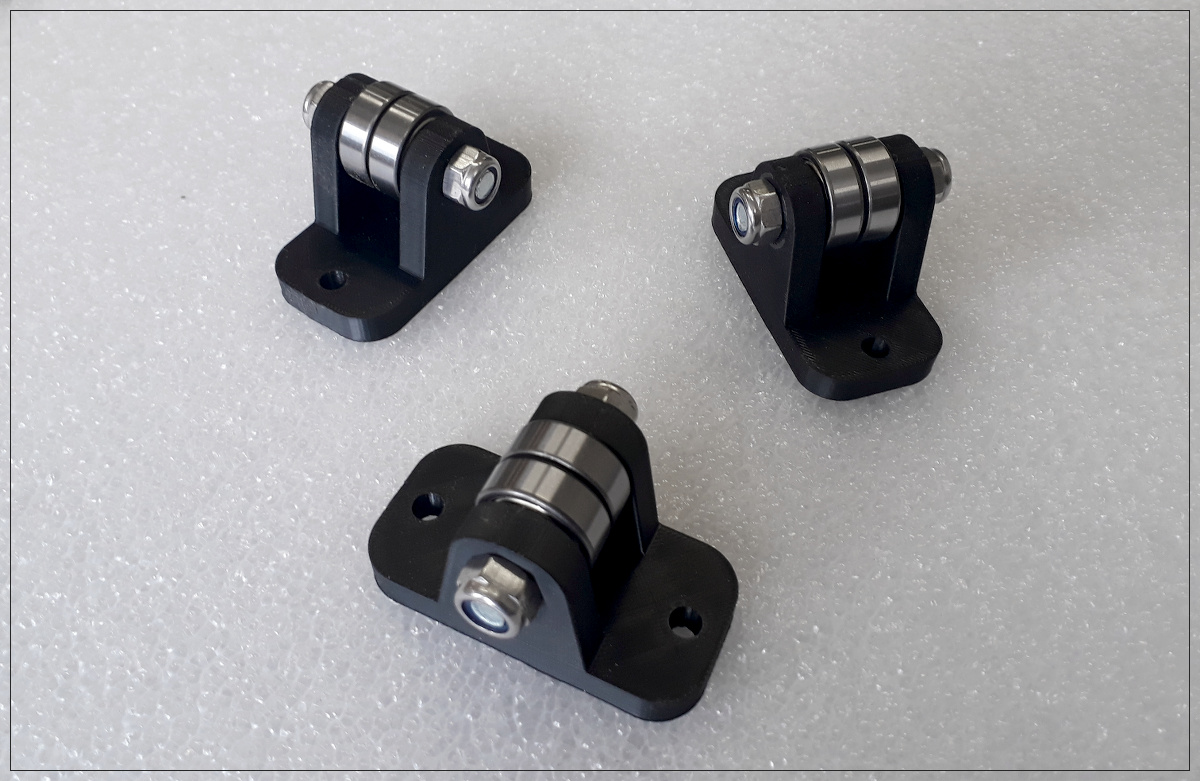
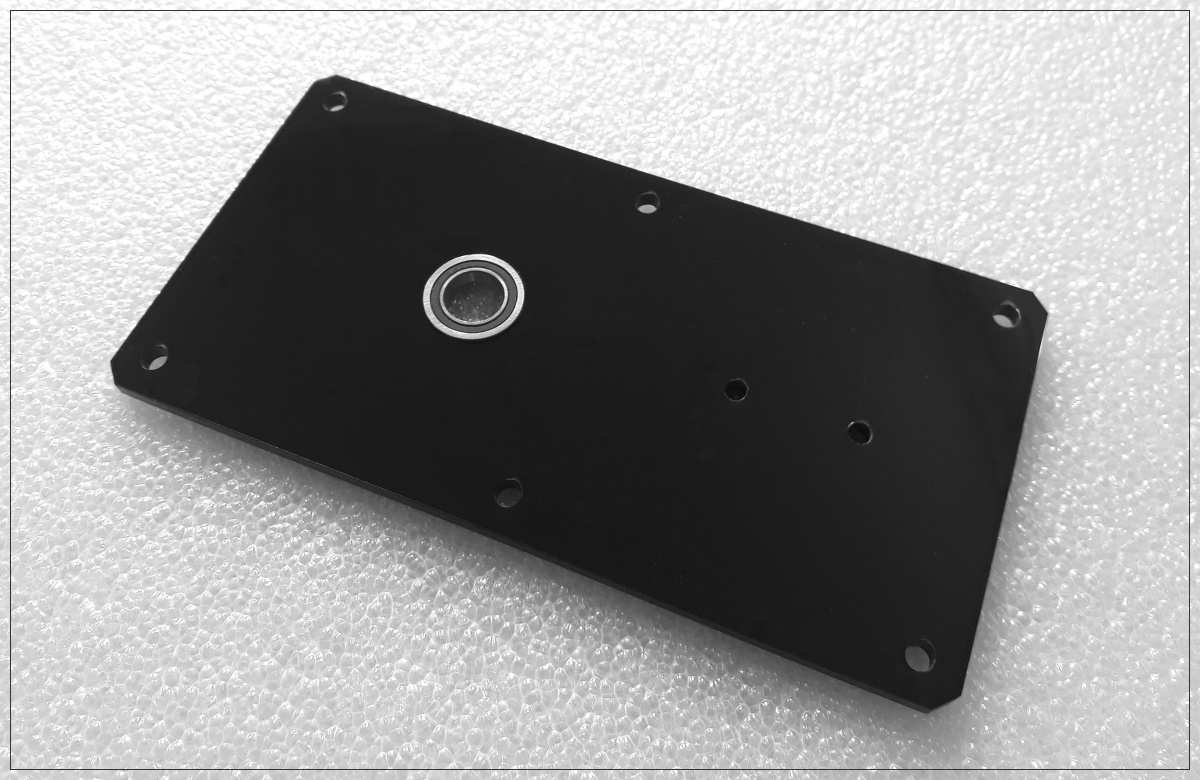
With this option, it should be noted that the telescope is only usable to a limited extent without the ServoCat being coupled in, because the telescope
is simply too easy to move by hand. In addition, the telescope must be very well balanced by the customer, depending on the camera and coma
corrector used, so that it remains stable in every conceivable position.
4) GOTO + Tracking
First of all, any desired celestial object can be automatically approached. Using the "ArgoNavis" or the "Nexus DSC," the desired object can be
easily selected from a variety of catalogs. After a short press of the GOTO button on the hand controller, the telescope starts moving and approaches
the target at a speed of 4-5°/sec. Once it has arrived at its destination, the movement slows down, finally stops, and after a short beep, the object can
be viewed in the eyepiece.
As soon as the telescope has reached its final position, the tracking system automatically takes over, so that the object remains in the field of view
even at high magnifications without the need for manual tracking. If corrections are necessary, they can be easily made by using the hand controller.
5) "Game Changer" EAA
With the availability of sensitive cameras with a large field of view and the appropriate software, the "ServoCat" allows the ambitious amateur
astronomer to enter the relatively new field of EAA (electronically assisted astronomy), where a camera replaces the eyepiece.
The camera settings (exposure time, gain...) can be controlled by the software "SharpCap". The individual images are automatically stacked in the
program, so that you can watch live on the laptop screen how the image is building up and how weaker and weaker details become visible. Even
passing cars or pedestrians with a bright flashlight are no problem, because the recording can be paused at any time and continued at the same
point. Even the trails of satellites (e.g. Starlink) are automatically corrected.
After only 10 to 15 minutes of exposure time, the 20" telescope of the "Onyx" model series (ON500) can achieve a limiting magnitude of 21...22mag.
This opens up unimagined possibilities for observing the sky and allows access to objects that were previously only accessible to very large telescopes.
At this point, I would like to show some images of well-known deep sky objects (Messier 3/27/51/63) that I took with the help of EAA on my 20"
f/3.2 Dobsonian with the "Apollo M-Max" camera from PlayerOne and an exposure time of 10 to 15 minutes. These are my first attempts, so there
is certainly still potential for improvement, especially regarding the image processing.
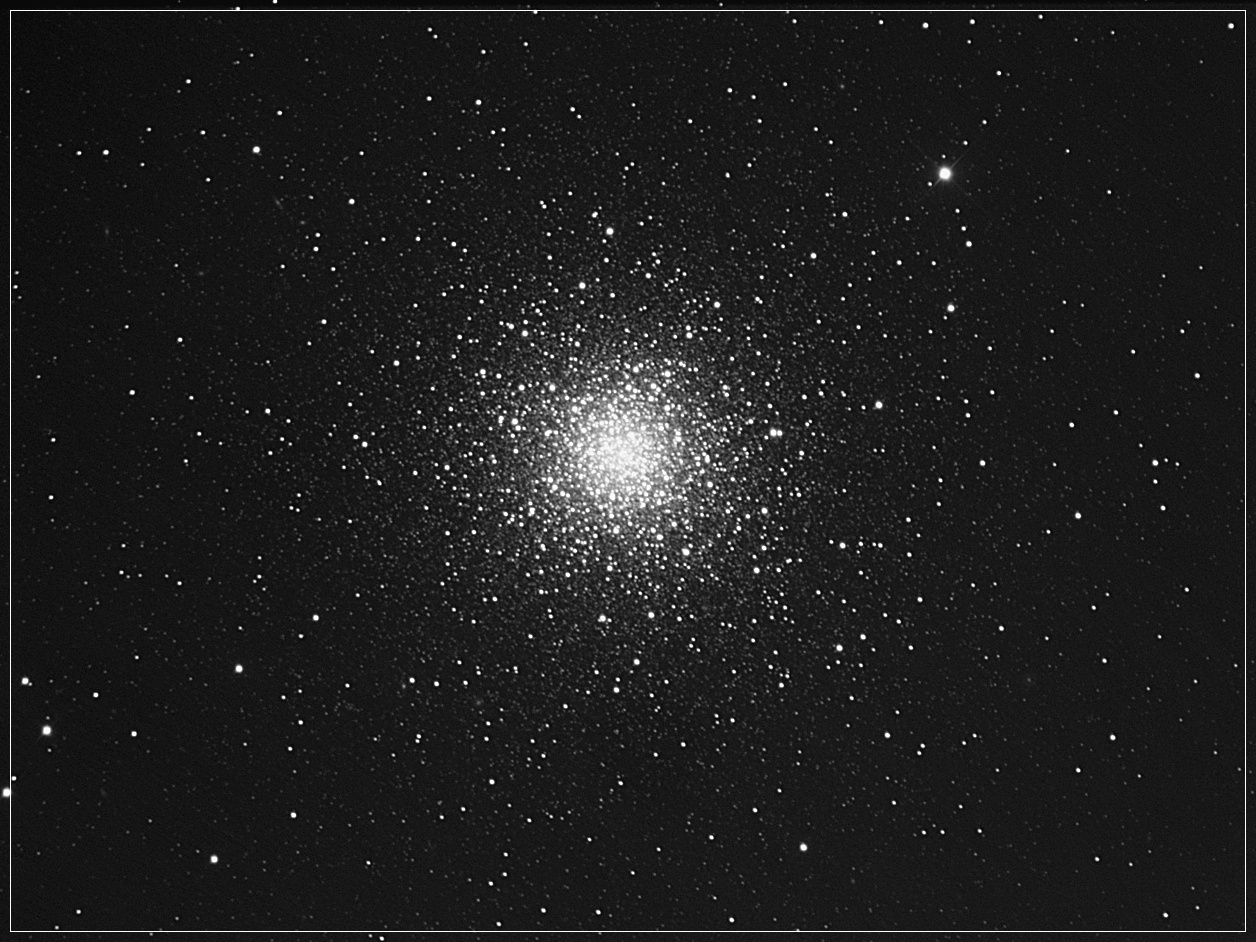
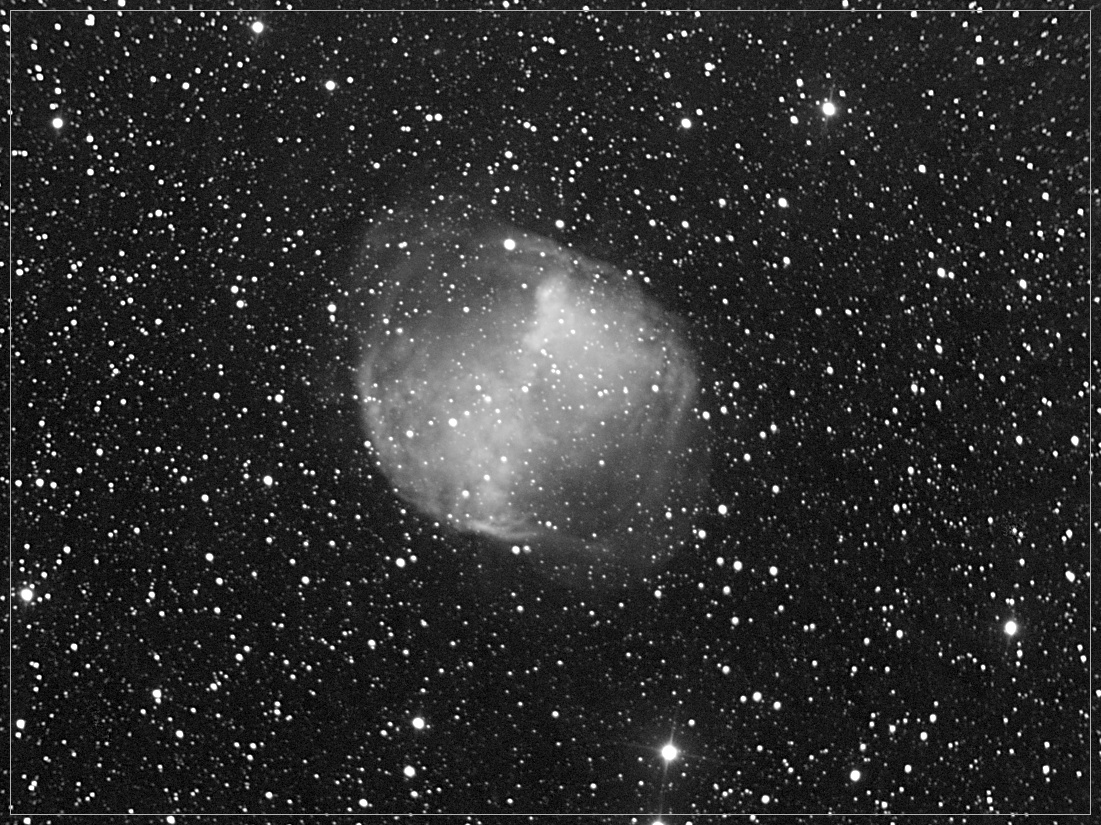
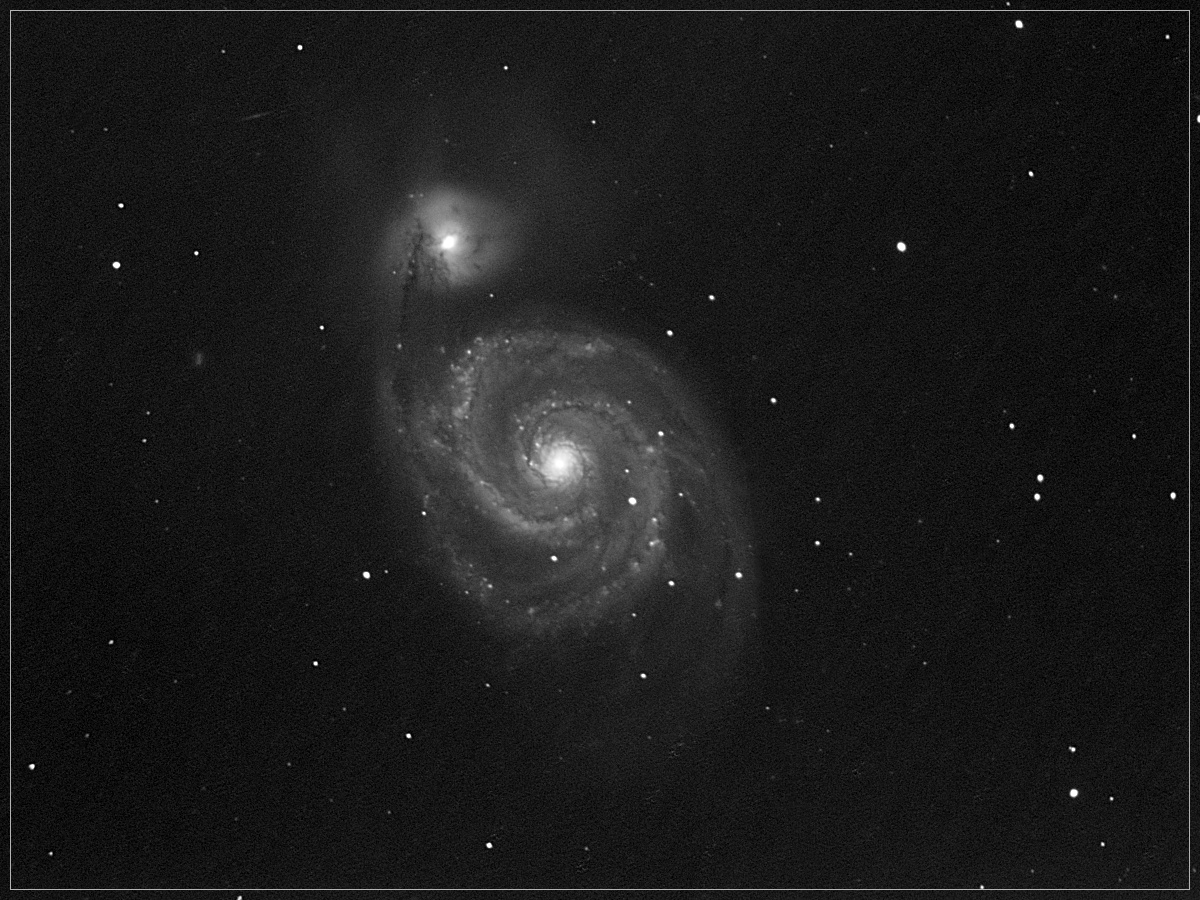
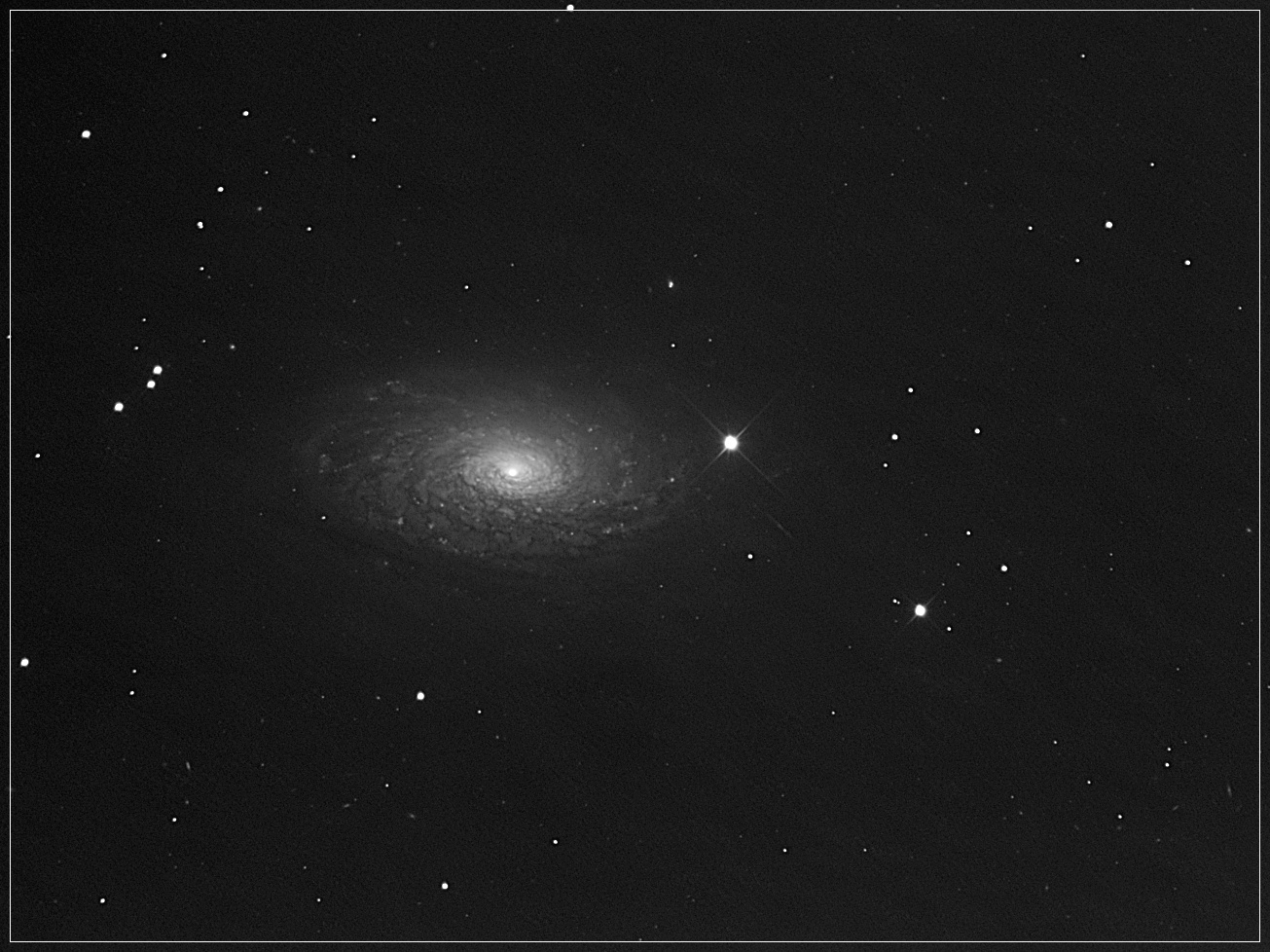
Especially in times of increasing light pollution, the EAA can be a "game changer" and is likely to be of great interest to those stargazers who do
not have a dark sky in front of their own doorstep and/or do not have the opportunity to bring a large telescope under such a sky.
Observers whose eyesight is no longer the best will certainly also find here an exciting new field of activity.
6) How to order...
If you want your telescope to be ready for using the ServoCat, you should mention this at the beginning of your order. Although it is still possible
to make an adjustment later, it will come up with additional costs.
The CNC-milled wooden parts of the rocker box and the side bearings are provided with all the necessary holes and cutouts. In addition, you will
receive some small parts such as the two turning parts for the encoders, the laser-cut acrylic plate, and the necessary mounting material.
You have to order the following parts yourself from the respective manufacturers/dealers:
- ServoCat System (www.servocat.com)
- Encoders with 10.000 steps (APM oder Teleskop Express)
- Nexus DSC or ArgoNavis (APM oder Teleskop Express)
If you do not feel confident enough to adapt the ServoCat System yourself, I may be able to do the assembly for a certain fee. Please feel free to
contact me.
